Sign up to our mailing list for the best stories delivered to your inbox.
The French-born horse lover journeyed from Victoria to Far North Queensland on the Bicentennial National Trail.
WORDS ALIENOR LE GOUVELLO PHOTOGRAPHY CAT VINTON
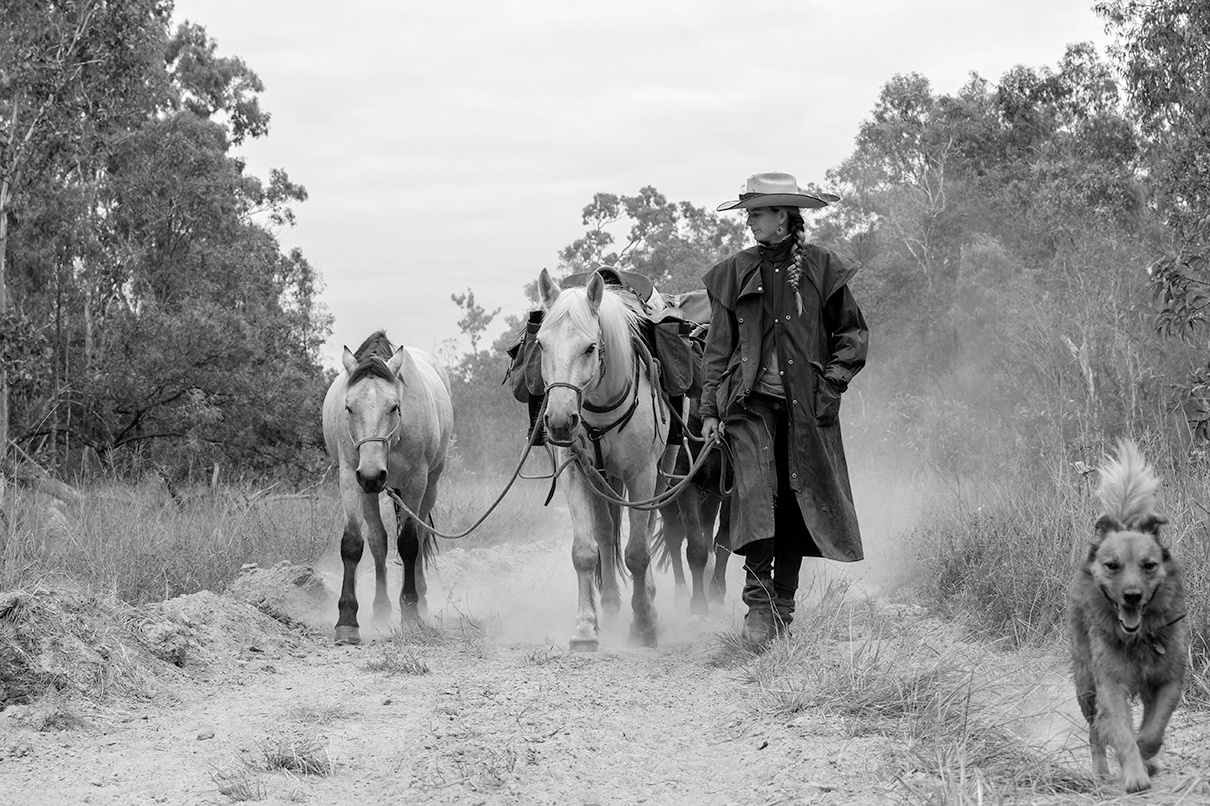
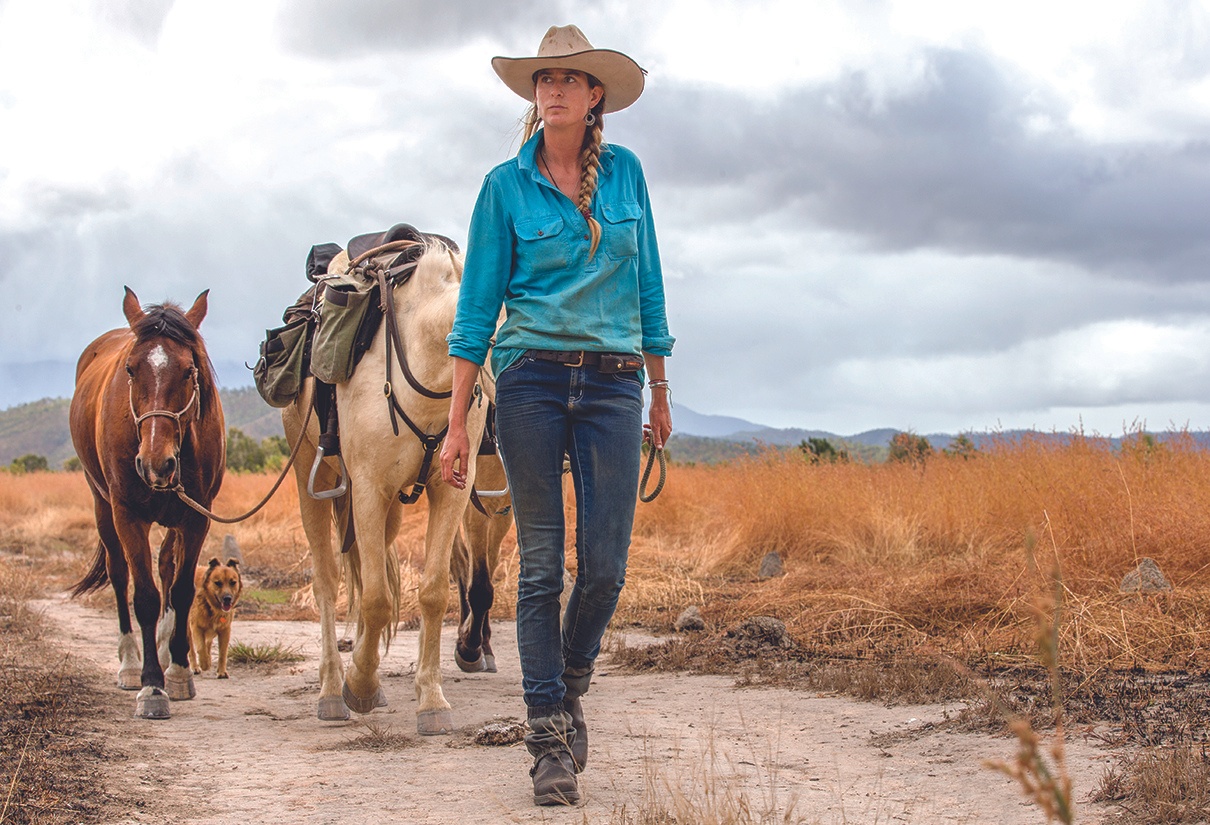
On the 14th of June, my three companions Roxanne, River and Cooper and I leave Innot Hot Springs in Far North Queensland. The weather is muggy. On the Tablelands, which reach 1046 metres at their highest point, nights are cold. But we get to enjoy a magnificent view on Mount Misery.
My fingers, my hands and my ankles hurt horribly, and I’m completely depleted. Shooting pain wrenches tears from my eyes. I can’t walk normally anymore, and I rely much more on my horses. When I get out of the saddle, I’m so stiff and sore that I have to wait a moment before being able to put a foot to the ground. But I learn to live with it. My pain threshold is getting higher, helping me to bite the bullet.
I have been joined by Cat Vinton, an English photographer who is taking photos of my trip. We’re reaching higher altitudes as we skirt the fertile plateau west of the Atherton Tablelands, part of the Great Dividing Range. This plateau retains small patches of tropical forests of arborescent ferns, taller than me, and giant eucalypts soaring into the sky. One of the most important bird reserves in the country, it’s listed as a World Heritage site. I glimpse cranes with ash-coloured feathers and red heads, perched up on their high legs. The views are just breathtaking: your gaze is snatched into infinity.
On the 15th, I realise, without being quite certain of it, that we’ve travelled beyond 5000 kilometres. Cat and I are camping near a lake. In the morning, we’re entranced by the sunrise, in which the clouds, reflected in the water, seem to swim.
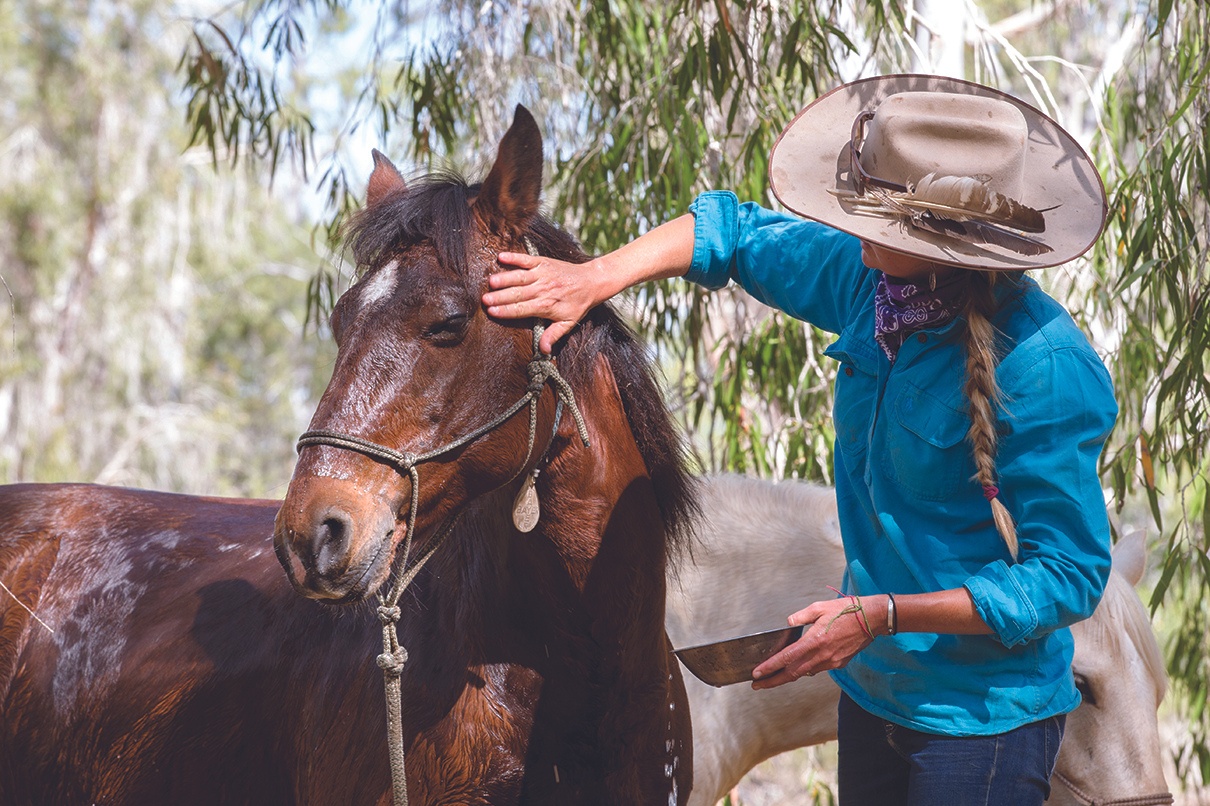
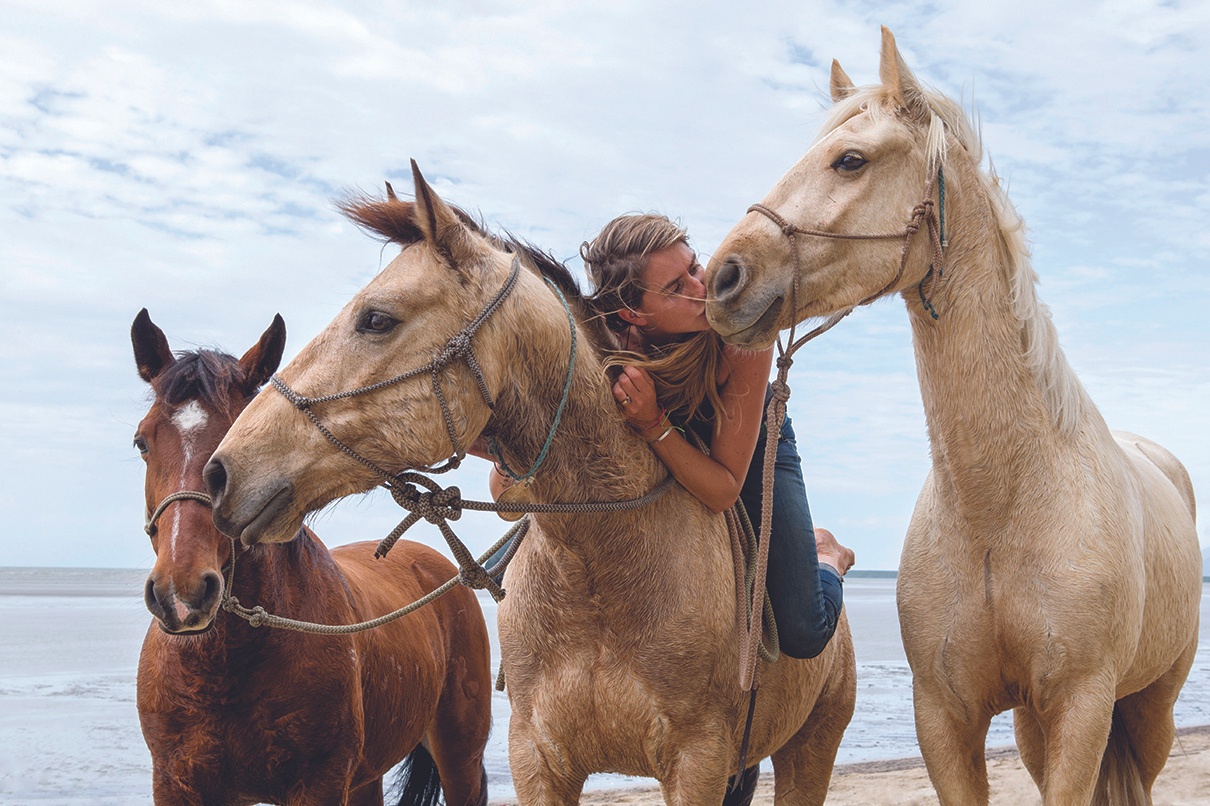
It’s a delight to be mesmerised by the humming, buzzing insect race taking place across the liquid surface.
Three days later, we venture into even more isolated places in the bush. Towards Mount Molloy, we’re progressing along a peak on rocky paths in a landscape sculpted with gullies. Vegetation blocks our way — it’s more and more difficult to get through. I lose time at a fork in the track, trying to understand the guide book that was written 30 years ago. Frustrated, I decide to follow my nose. Cat trusts me, but I soon start wondering if I’m off-track…
In fact, we are lost. All I can see are small gullies where disgusting waters fester. I climb a rise in search of another path. Cat has reached the limit of her strength. It’s also hard on my horses while I can hardly walk. In spite of Cat’s resistance, I make her climb onto Roxanne. We continue like this for a few more kilometres. From another rise, I see some smoke far in the distance, which must be the old goldmine we are headed for. After three hours of this blind, painful rambling, I must admit that we are going in the wrong direction.
But before going back, it’s imperative that I find some water. Coming to a ravine, I leave Cat and the horses there and set off on foot. Australian Aboriginal people taught me that in the presence of large rocks, in general, you’ll find water — and it works! I discover a large hole with clear water in it. I’m so relieved I could dance, but I conserve my energy so I can get back to Cat. We set up our camp in the failing light. Our bad luck has, at least, brought us this unexpected haven.
This is an edited extract from Aliénor le Gouvello’s memoir Wild at Heart (Affirm Publishing, $35, translated by Catherine de Saint Phalle).
Subscribe to Graziher and never miss an issue of your favourite magazine! Already a subscriber? You can gift a subscription to someone special in your life.
To hear more extraordinary stories about women living in rural and regional Australia, listen to our podcast, Life on the Land, on Apple Podcasts, Spotify and all major podcast platforms.
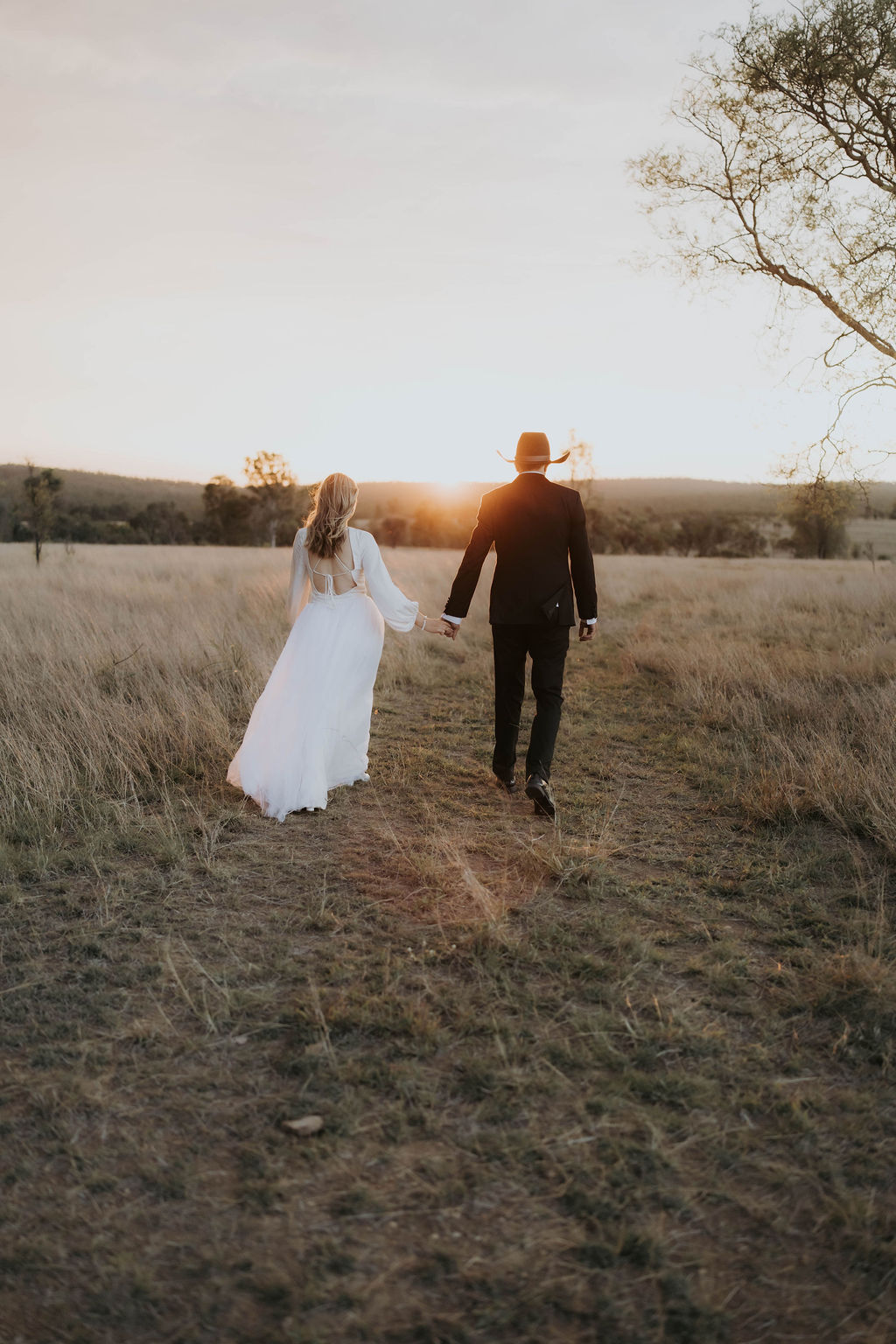
What began as a postcard-perfect country wedding soon became a story of survival, strength, and the unshakable heart of rural Australia.

Current custodian Penny Lamont says the heritage garden is designed for easy-care and dry times.